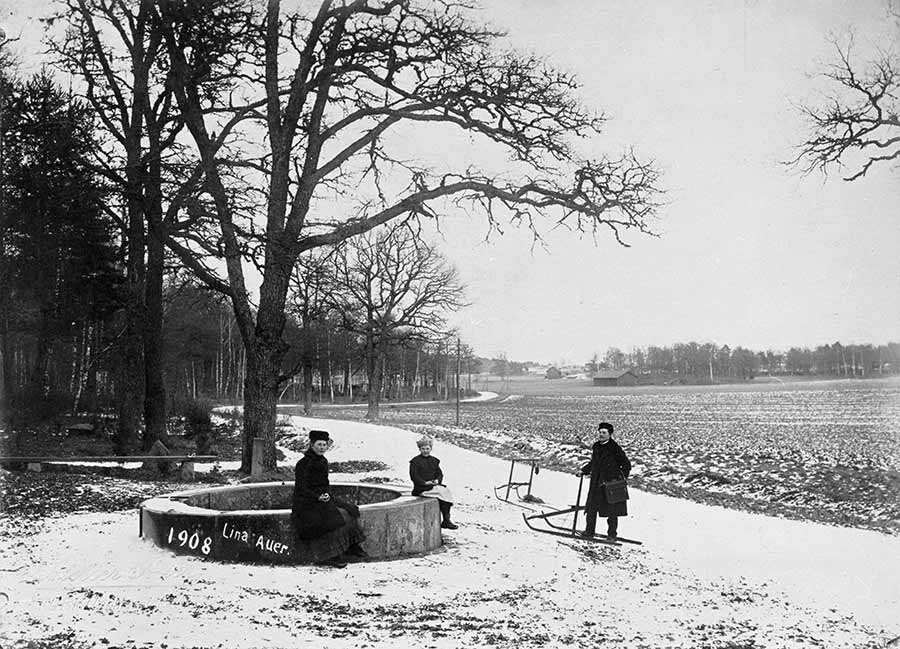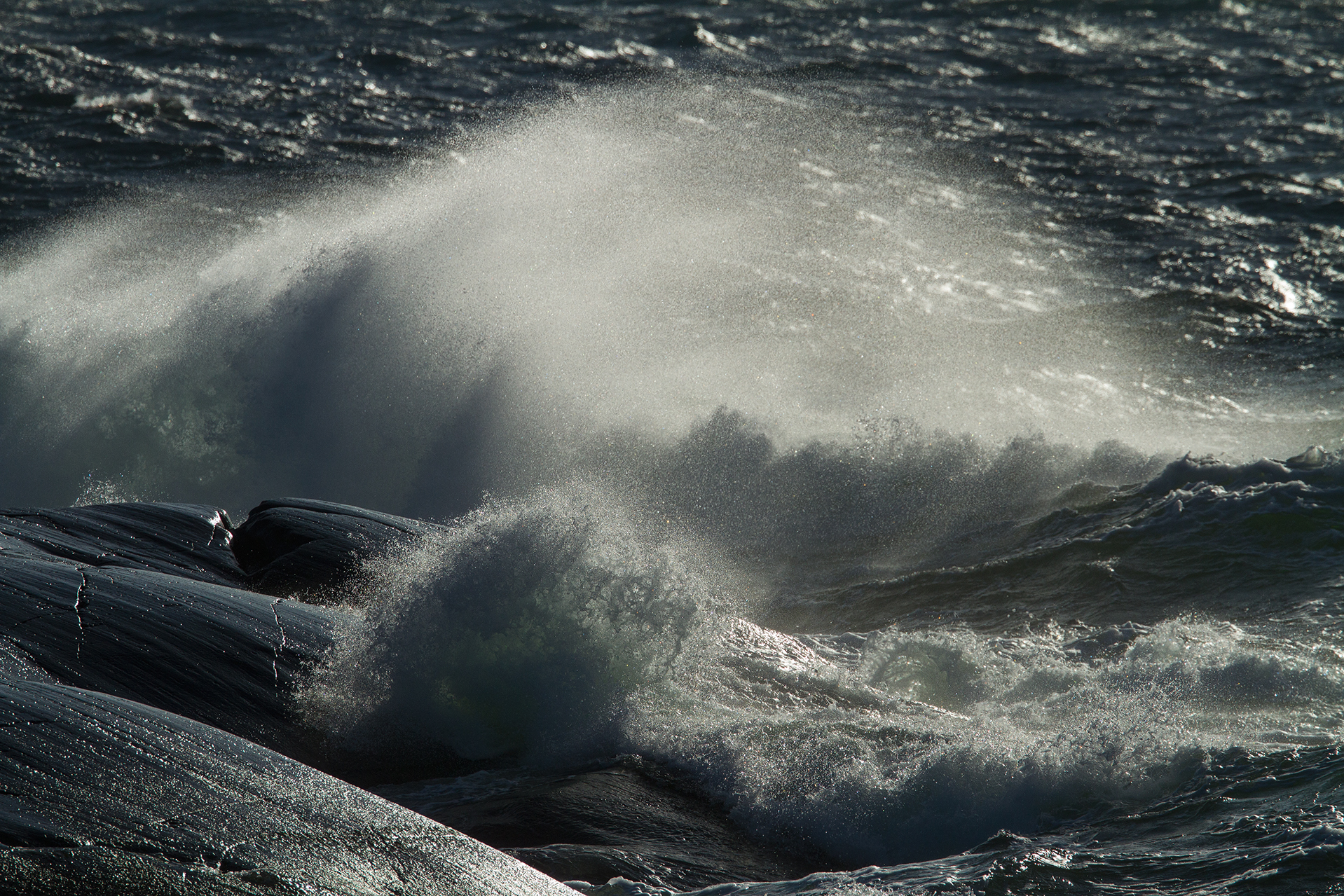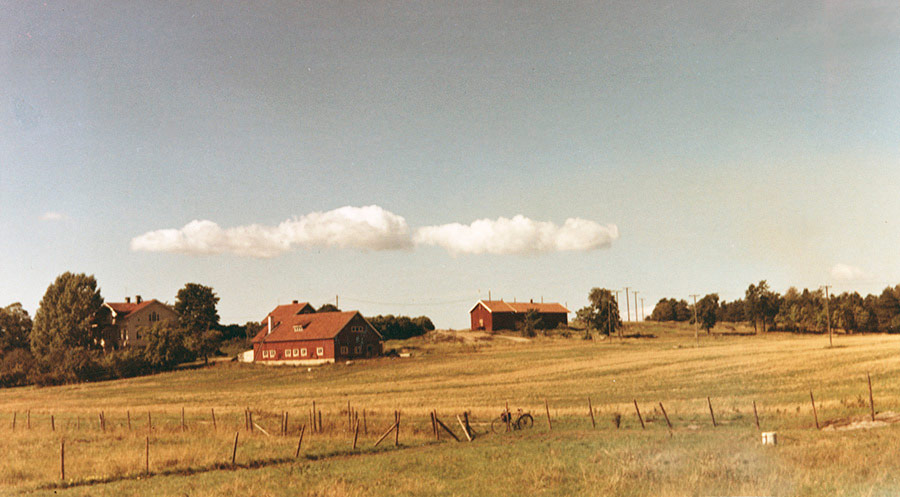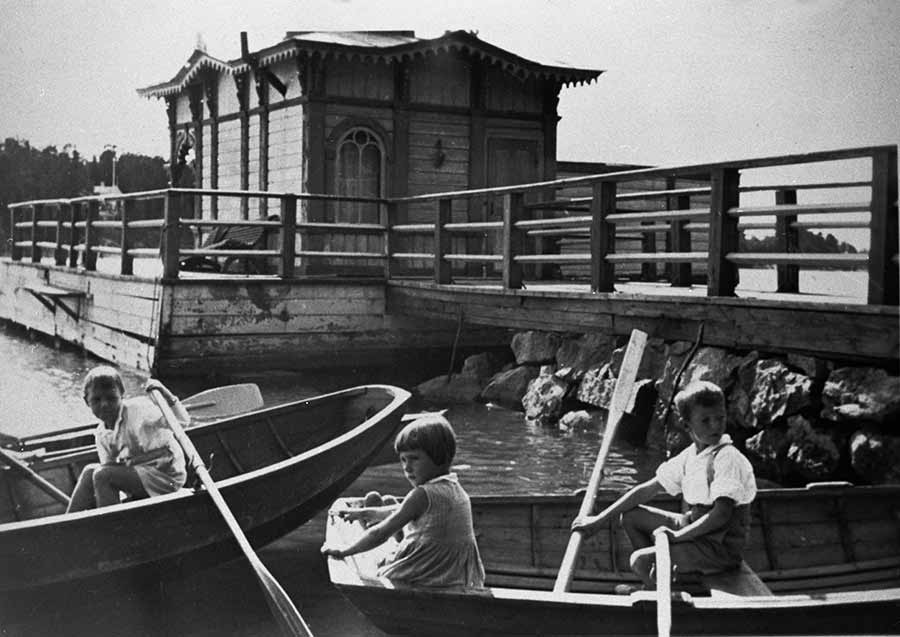Cultural attractions, part I
Spring of Choraeus
The Spring of Choraeus was named after writer Mikael Choraeus, Docent of Eloquence at the Royal Academy of Turku from 1799 to 1802. The spring is said to have been a place of refreshment in the 19th century, by which joyful baccalaureates and town residents raised merry toasts and enjoyed the refreshing water of the spring. The stones of the spring carry the text FONS CHORAEI PHOEBEI PERENNIS – the ever-flowing spring of poet Choraeus.
Botanical Garden of the University of Turku
The roots of the Ruissalo botanical garden reach back to the gardens of the Royal Academy of Turku from the 17th to the 19th century. In the early 20th century, Turku received a new garden when a botanical garden was established in Iso-Heikkilä as a part of the newly founded Finnish-language University of Turku. In 1956 the garden was moved from Iso-Heikkilä to Ruissalo, which is still the location of the present-day Botanical Garden of the University of Turku.
The present-day garden includes an outdoor garden and six greenhouses, featuring over 5,000 plant species and strains. The plant collection is a living showcase of the diversity of the botanical world of the planet. The primary functions of the garden are to assist in botanical research and education and provide recreation opportunities for the general public.
Honkapirtti
Honkapirtti was built in East Karelia in the early 1940s. During the trench warfare stage in 1942, the men of the 14th Infantry Regiment, most of which were from Turku, founded a brothers-in-arms association, and the idea of a brothers-in-arms house sprung to life. Based on the idea, the men built and erected Honkapirtti in the White Sea Karelian building style in Ukhta, East Karelia. The building was moved to Ruissalo in 1944, and the next year it was handed over to the City.
Café activities at Honkapirtti were started 20 years later. Today, café-restaurant Honkapirtti is a popular place for city residents engaging in outdoor activities in Ruissalo to have a coffee break or lunch.
Behind Honkapirtti, you can find one of the most representative hazel woods of Ruissalo. In the springtime, the landscape is at its most beautiful when the hepaticas thriving under the common hazels bloom impressively.




